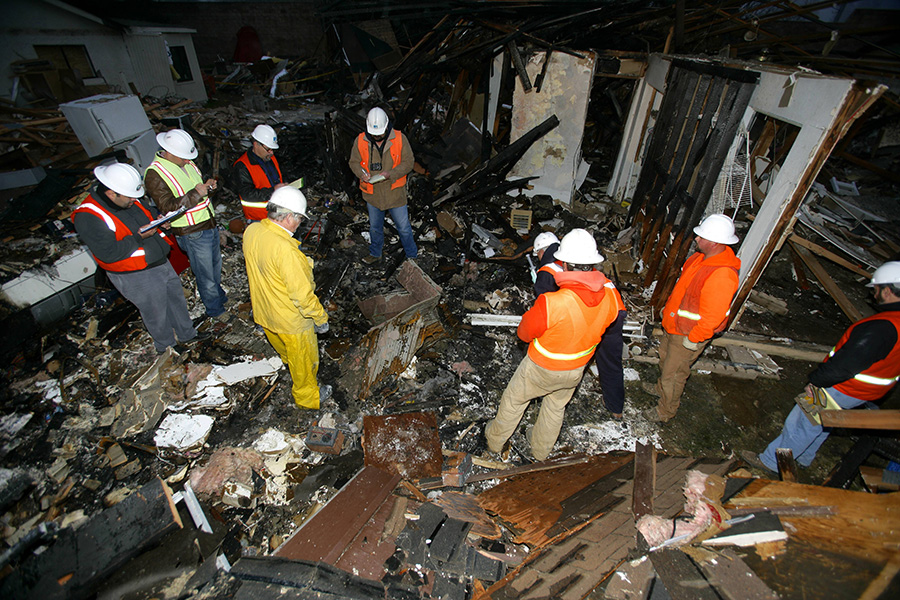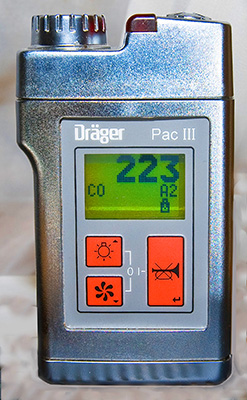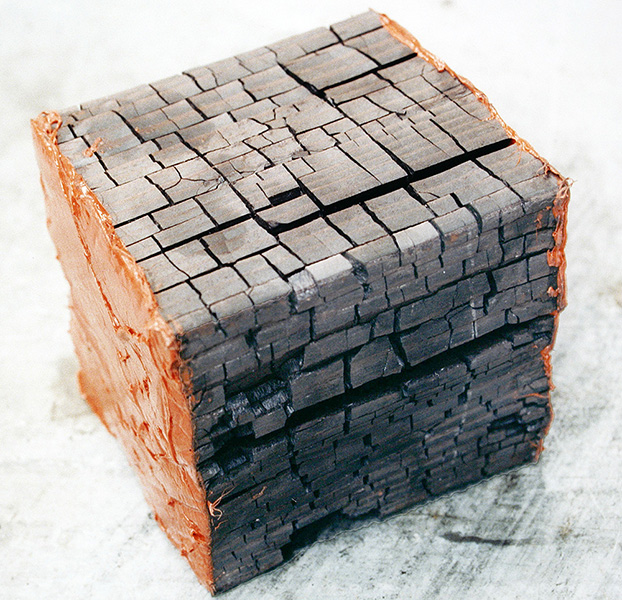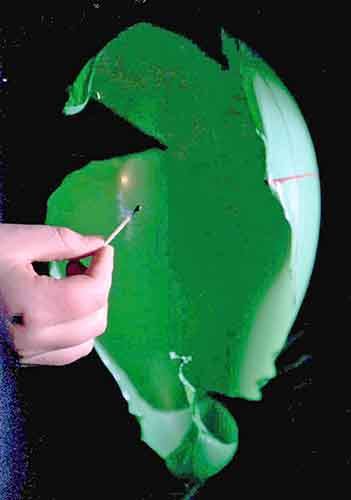Fire
Electrical fires
Arson
Self-heating

Explosions
A moment of silence, in the temple of gloom, regrettable and irrevocable, but they need not be inevitable. Accumulation of fuel gas may lead to powerful explosions, such as the one shown in its aftermath at right. Soil may harbor fuel gas long after an explosion. Fuel gas may migrate substantial distances before emerging and mixing with air. Bar-holing is the process of driving slender holes into suspected soil, forming miniature wells into which a sampling tube is inserted. While the concentration of subsurface fuel gas is indicated immediately on handheld meters, laboratory GC-MS analysis can help verify its source.

Carbon Monoxide Poisoning
Combustion is the production of heat resulting from the chemical reaction of fuel with oxygen. Upon release of heat, light is emitted and is visible as a flame or glow. The normal product of combustion is carbon dioxide (CO2), but when oxygen is insufficient, combustion is incomplete and carbon monoxide (CO) is produced. If these products contaminate the breathing air, there could be health effects, such as death.


Industrial Fires in Accident-Prone Machinery
Fire in industrial equipment may spread by way of flow of flaming and spilled liquid on concrete.

Vehicular Accidents


Pyrophoric Carbon
Pyrophoria refers to the effect of prolonged heat treatment on the ignition properties of wood and similar cellulosic materials.
Accidental fires attributed “pyrophoric carbon” are marked by long delays between the commencement of heat exposure and thermal runaway due to self-heating to ignition. The resulting smolder-initiated fire may then transition to flame.

High Speed Photography



Berkeley Research Company © 2014
website designed by Lisa Fulton